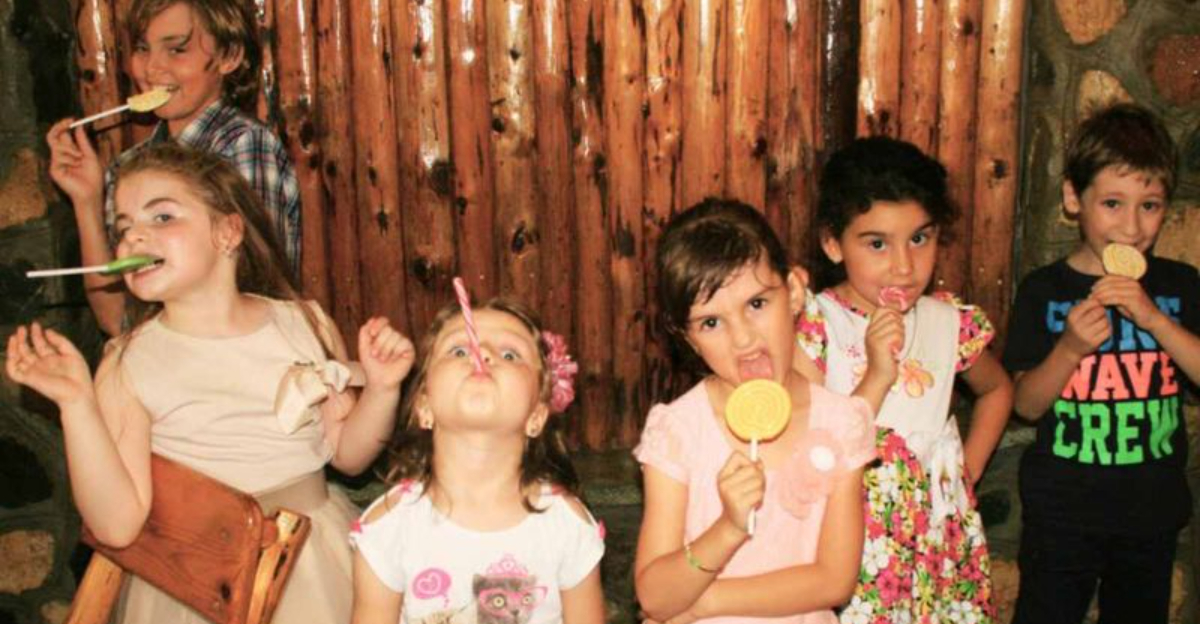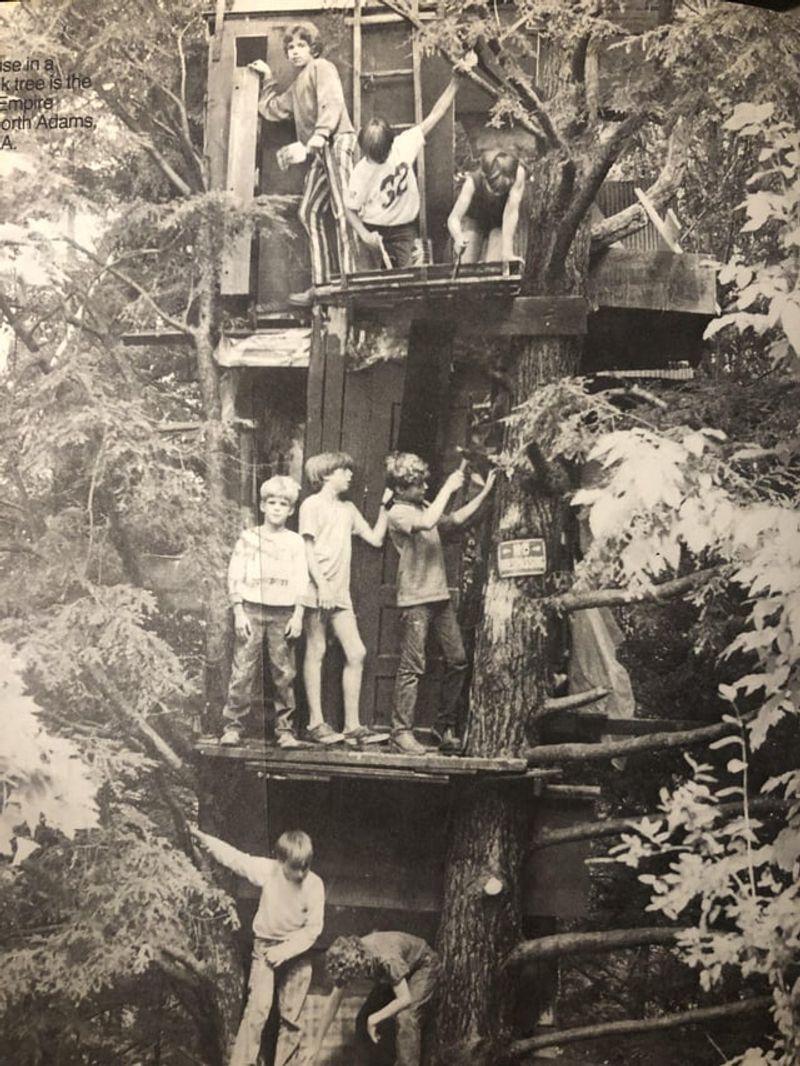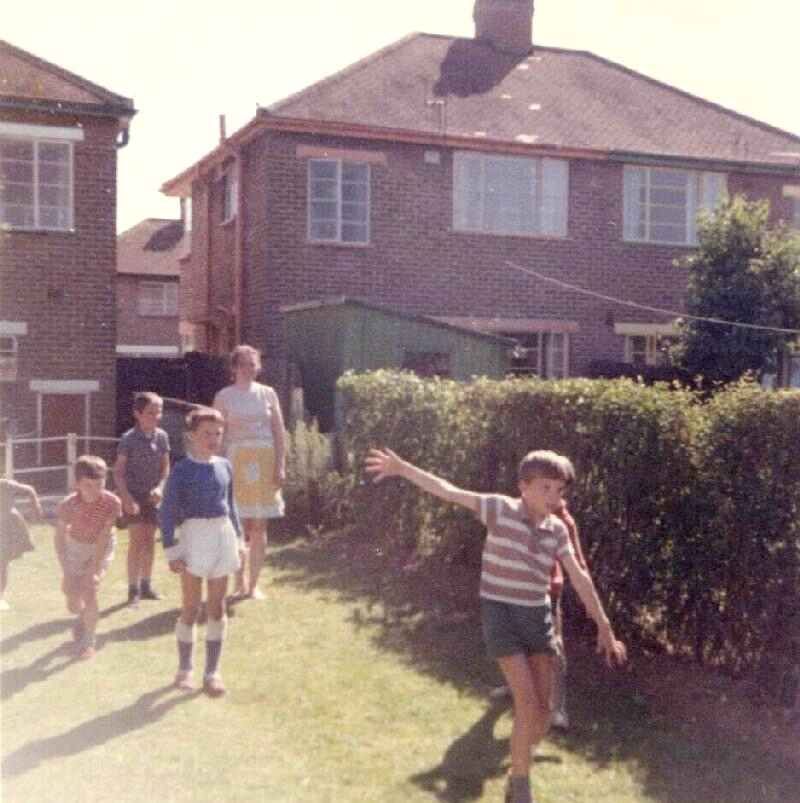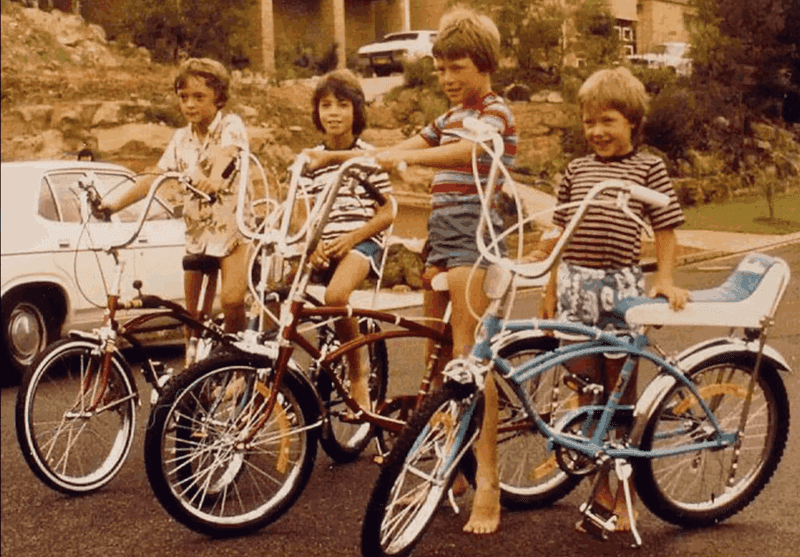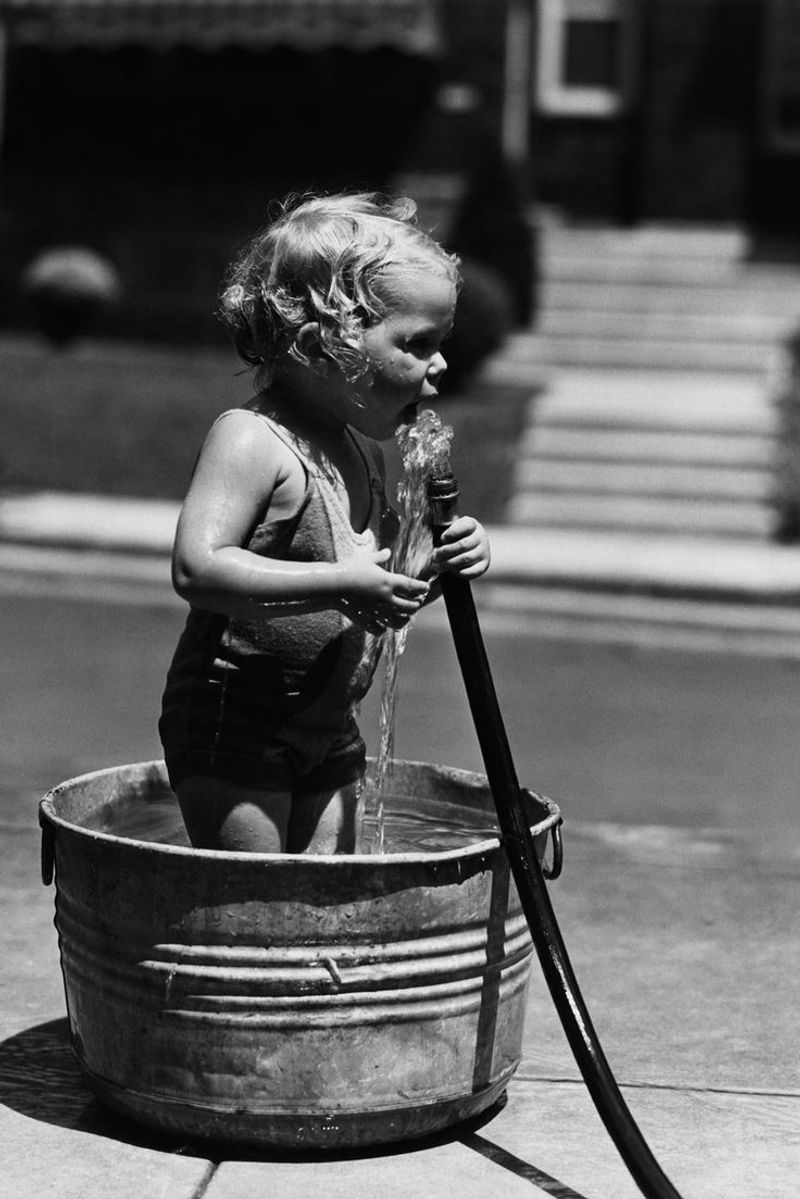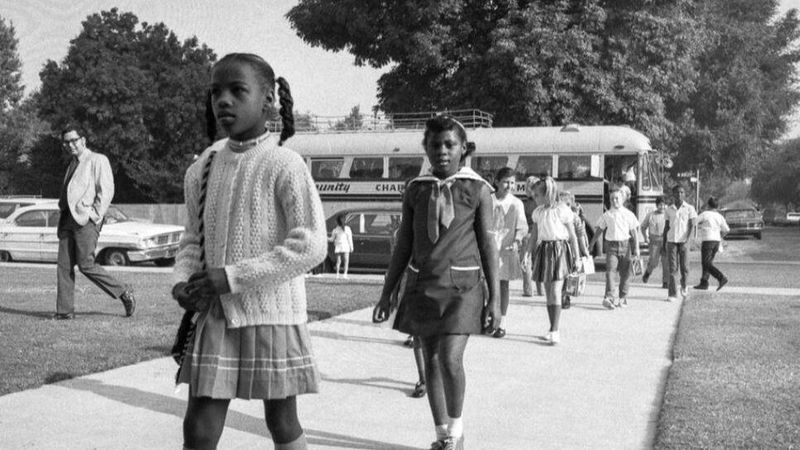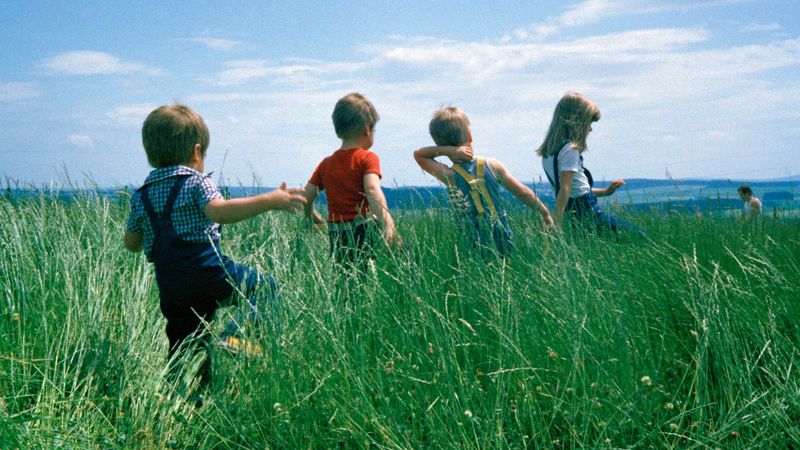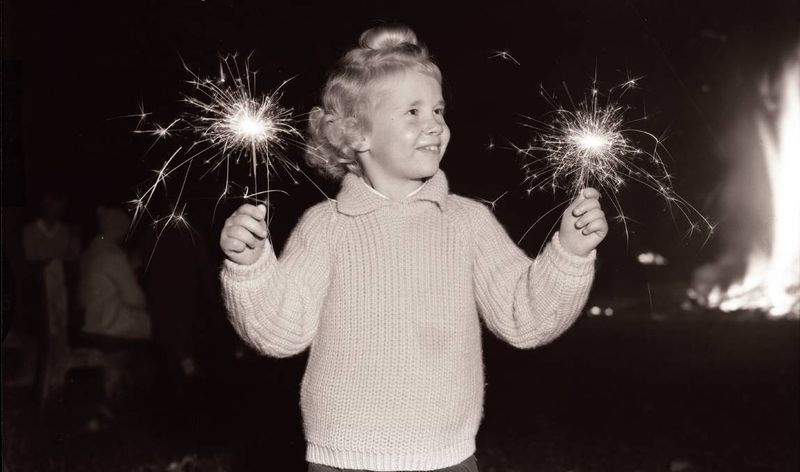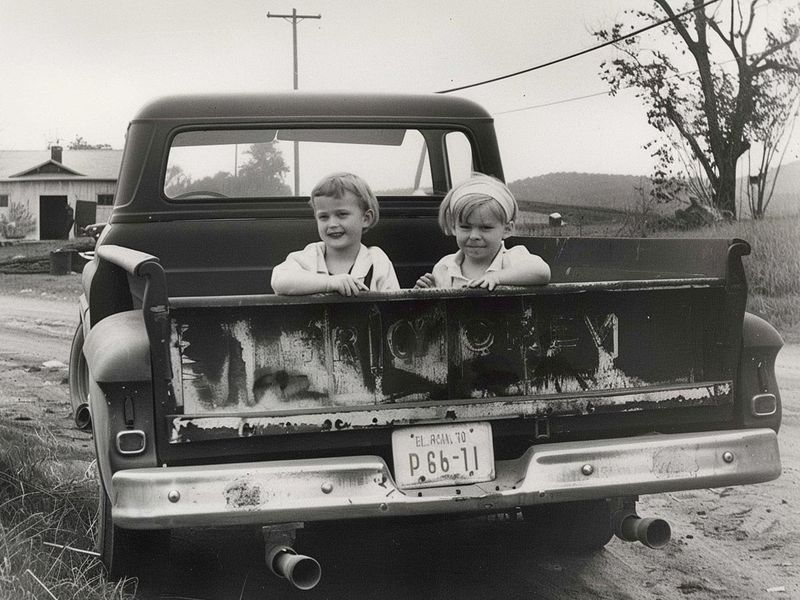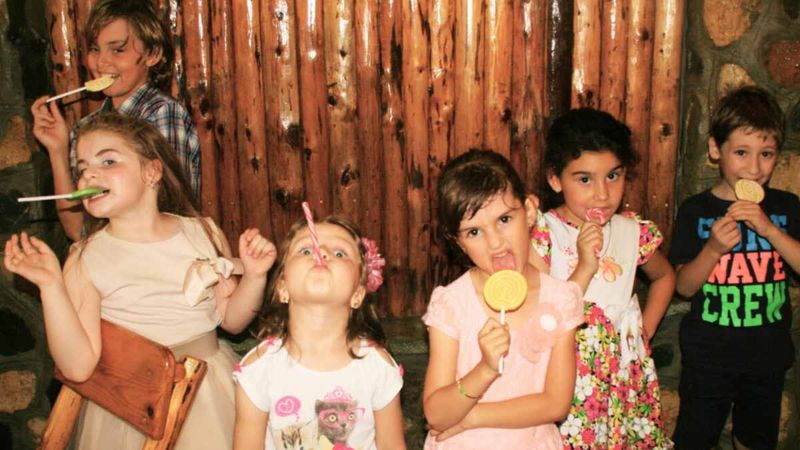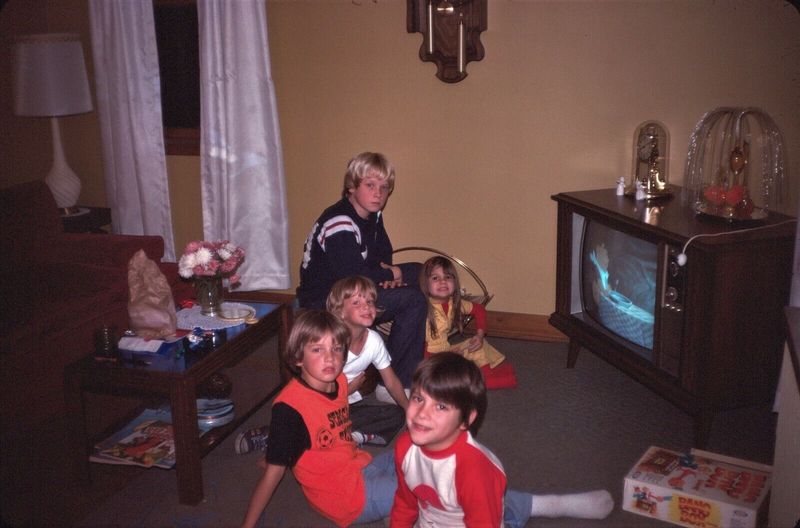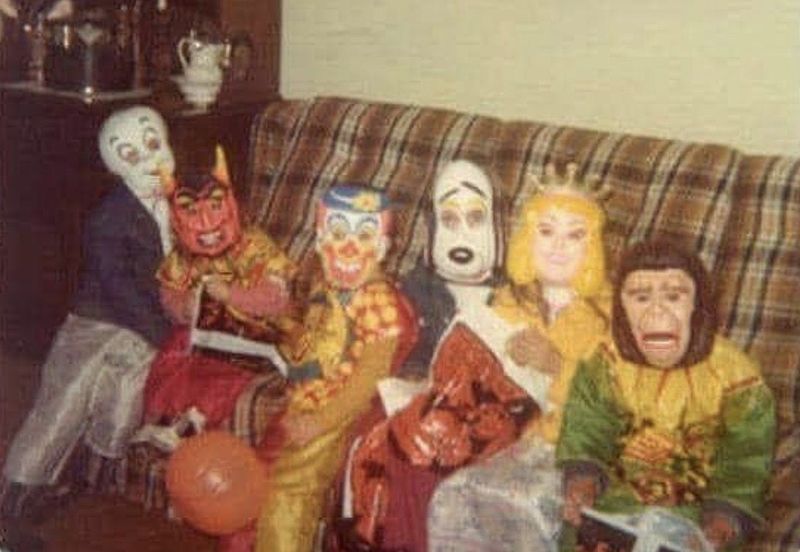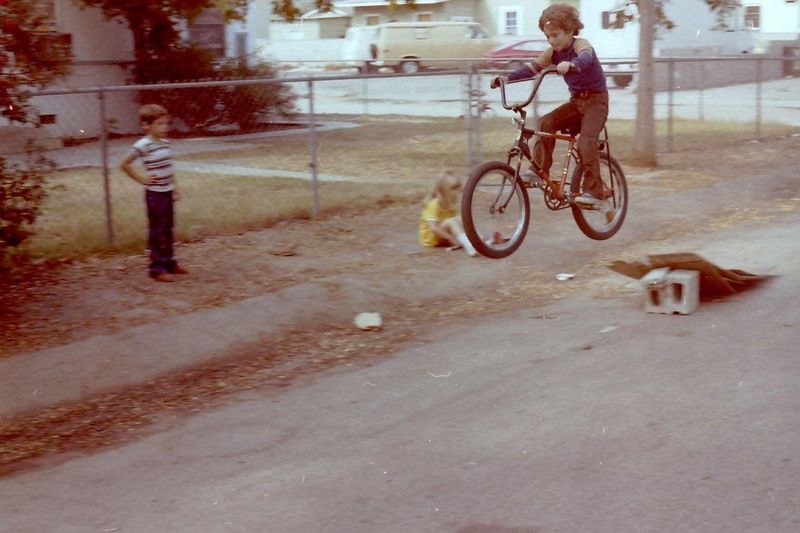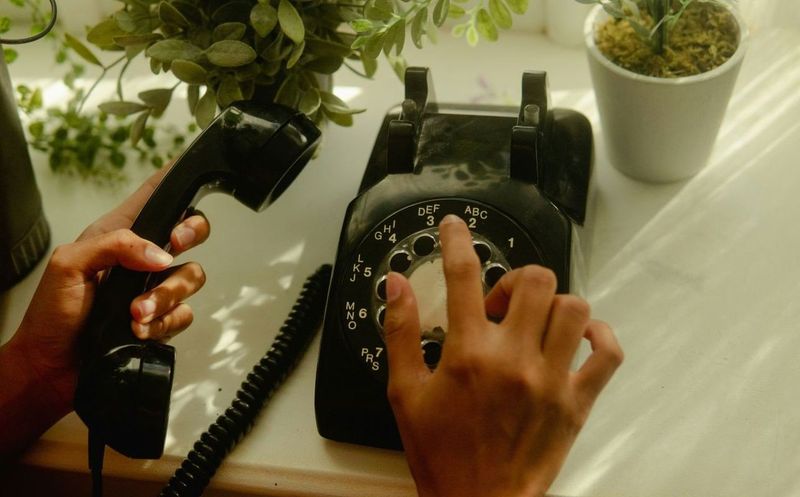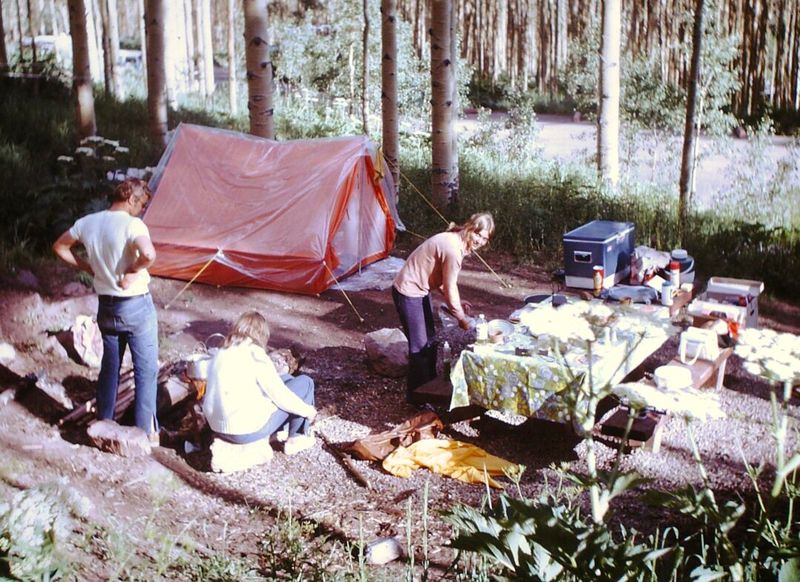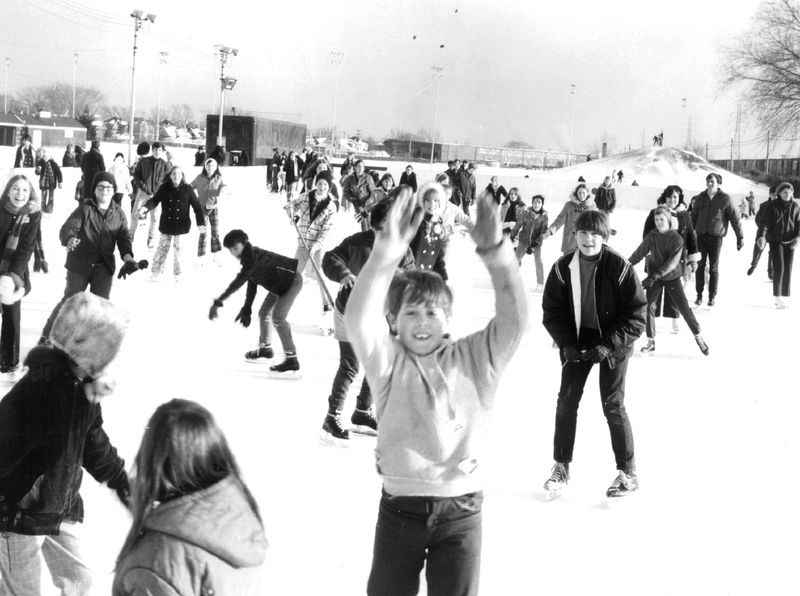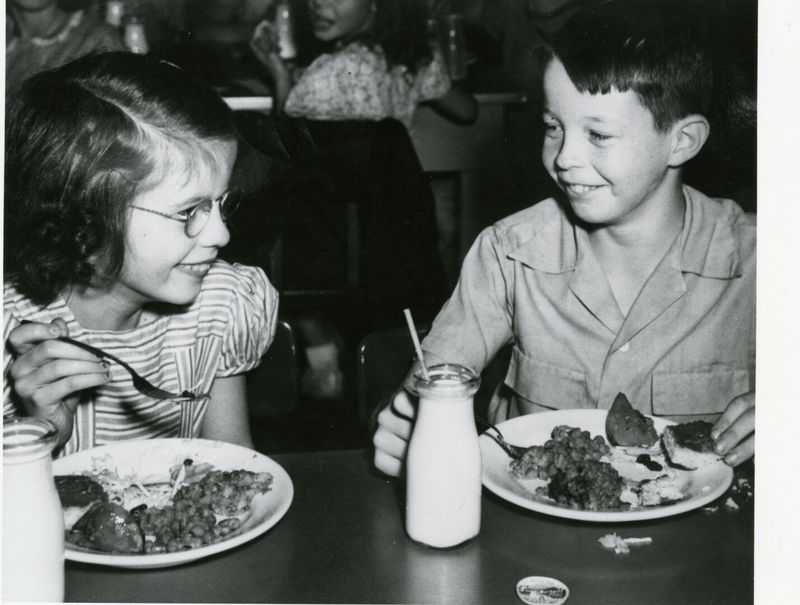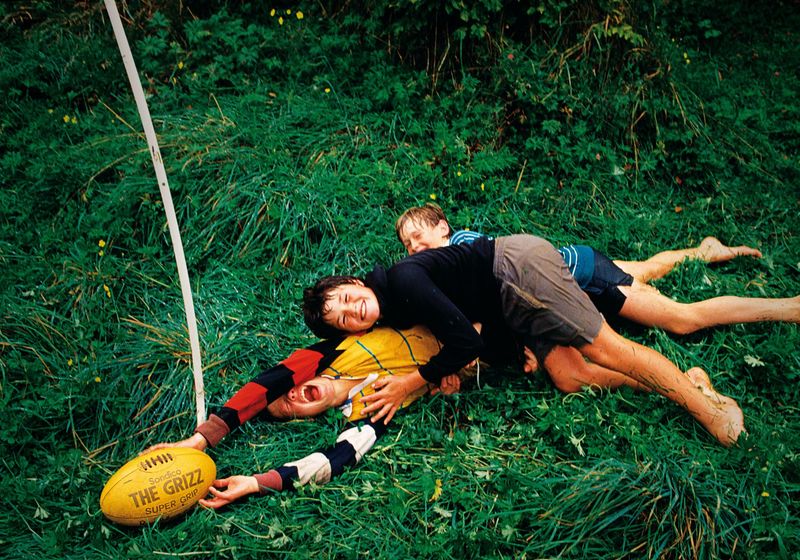Growing up in the ’60s and ’70s meant your childhood came with a level of freedom today’s kids can only dream of. No smartphones, no helicopter parenting—just sun, dirt, bikes, and a whole lot of unsupervised adventure. Here are 18 things kids from that era did every day… and never thought twice about.
1. Climbing Trees and Roofs for Fun
If there was something to climb, kids were on it. Trees, roofs, and anything with height called to them. The thrill of being off the ground, seeing the world from a new perspective, was irresistible.
These were days of scraped knees and dirty hands, trophies of adventure. Climbing instilled confidence and fearlessness, teaching kids to assess risks and push limits.
Parents watched, sometimes nervously, but mostly with pride, as their children conquered new heights. It was a time when exploration knew no bounds, and the sky was quite literally the limit.
2. Roaming the Neighborhood Until the Streetlights Came On
In an era without texts or check-ins, kids roamed freely, guided only by the glowing streetlights. The curfew was simple: be home by dark. The neighborhood was a vast playground filled with adventures waiting to be discovered. Each evening, children would dash through the streets, the sound of laughter echoing as they pushed the boundaries of their world.
Parents trusted in the community, believing in the safety and bonds that kept everyone close. This freedom instilled a sense of independence and responsibility, a cherished aspect of childhood from a time gone by.
3. Riding Bikes Without Helmets
Bicycle helmets were not a staple in the ’60s and ’70s. Kids zoomed through neighborhoods, feeling the wind against their faces and the thrill of speed. Scrapes and bruises were badges of honor, stories to be shared and cherished.
Riding bikes was not just about getting from one place to another; it was about freedom. The bicycle was a trusty steed, promising adventures around every corner, from daring races to leisurely rides with friends.
Parents watched proudly as their children zipped by, trusting them to navigate their world with confidence.
4. Drinking Water from the Garden Hose
On scorching summer days, the garden hose became a lifeline. No need for filtered or bottled water; the hose provided refreshment that was always cold. Children gathered in yards, taking turns at the hose, giggling as they splashed each other.
This simple act was a rite of passage, a testament to the carefree and spontaneous nature of play. The taste of hose water, slightly metallic and earthy, is unforgettable.
In a world without constant parental oversight, such small freedoms built resilience and fostered a sense of community among neighborhood friends.
5. Walking to School Alone
Being entrusted to walk to school alone was a mark of maturity. Kindergarteners navigated sidewalks, crossing busy streets with a wave or a quick conversation with crossing guards. These walks were filled with curiosity and imagination, as each day presented new sights and sounds.
This daily journey was more than just a route; it was an exploration. Children learned the importance of punctuality and responsibility, developing street smarts along the way.
Parents believed in their children’s ability to manage these walks, reinforcing trust and independence.
6. Playing Outside All Day with Zero Supervision
Morning to evening, children owned the outdoors. From building forts to playing tag, they invented endless games fueled by imagination. Supervision was minimal; the world outside was a safe haven.
Parents had faith in their kids’ ability to entertain themselves responsibly. This lack of oversight encouraged creativity, social skills, and problem-solving.
The sun was the only clock, guiding them back home when it began to set. These days of unbridled freedom allowed for growth, bonding, and countless memories. This era cherished the trust between parent and child.
7. Lighting Fireworks and Playing with Matches
Fireworks and matches were part of the thrill. Sparklers lit up summer nights, and small firecrackers crackled in backyards. It wasn’t mere mischief; it was an exploration of the senses, a dance with danger under the watchful eyes of stars.
Though risky, these experiences taught respect for fire. The smell of gunpowder mixed with laughter echoed childhood innocence and curiosity.
Parents often provided quiet supervision, trusting their kids to understand limits. It was a balance between freedom and caution, creating memories that sparkled as brightly as the fireworks themselves.
8. Riding in the Back of Pickups and Station Wagons
The ‘way back’ of station wagons and open beds of pickups were territories of joy. Seatbelts? Hardly. Kids piled in, the breeze in their hair, laughter trailing behind.
Journeys were adventures, with songs sung loudly and games played on the road. This was a time of trust in the journey and in the vehicle itself.
Parents drove with an eye on the rearview mirror, seeing happy faces and hearing the chatter. The ride was as much a part of the destination as the places they visited, creating a unique bond between family and friends.
9. Buying Candy and Soda Without a Guilt Trip
Candy aisles sparkled with colors, and soda bottles clinked invitingly. No one counted calories or worried about sugar content. Kids picked their favorites, delighting in the sweet and fizzy indulgence.
Corner stores were magical places, where coins transformed into treats. It was about choice and satisfaction, a small yet profound freedom.
Parents allowed this indulgence, understanding the joy in a simple treat. It was a time of carefree choices, where a sprinkle-coated donut or a syrupy soda was a moment of pure happiness.
10. Watching Whatever Was on TV—No Parental Controls
Saturday mornings meant cartoons and late nights brought monster movies. The TV was a window to worlds unknown, with no parental controls in sight.
Kids picked their shows, diving into adventures, mysteries, and sometimes, a bit of harmless fright. It was a blend of education and entertainment, a chance to learn and dream.
Parents believed in letting kids explore television independently, trusting in their ability to discern and understand. This freedom fostered creativity and critical thinking, shaping young minds with endless possibilities.
11. Trick-or-Treating Without Adult Supervision
A pillowcase, a costume, and a flashlight were all a kid needed for Halloween. Streets filled with little ghouls and goblins, each one on a mission for candy.
The absence of adults meant freedom to wander and explore neighborhoods in the moonlight. Kids navigated streets with friends, sharing candy and tales of mysterious encounters.
Parents stayed home, confident in the safety of familiar streets. This trust allowed for a sense of independence, a night where imagination reigned supreme, and a pillowcase full of candy was the ultimate prize.
12. Making and Riding Questionable Homemade Ramps
A few planks and bricks, and suddenly, the street had a new challenge. Ramps were built with imagination, and bikes soared over them with gusto.
Everyone knew someone with a cast by summer’s end, but the thrill outweighed the risks. This was inventiveness at its peak, where each jump was a testament to courage.
Parents watched from porches, sometimes wincing, often cheering, knowing these trials were lessons in physics and bravery. The ramps were more than wood and nails; they were symbols of community and childhood ambition.
13. Buying Toy Guns at the Store
Toy aisles gleamed with rows of toy guns, from cap guns to BB varieties. Kids played cops and robbers, mimicking the heroes of their favorite shows.
These toys spurred imagination and camaraderie, turning backyards into battlefields of fun and fiction. It was about role-playing and strategy, not aggression.
Parents understood the significance of these toys as tools for social play and storytelling. The toy gun era reflected a different understanding of play, where fantasies were safely enacted and shared among friends.
14. Calling Friends on the Rotary Phone Without Asking
Rotary phones were the social media of the ’70s. Kids dialed friends, numbers memorized or scribbled on paper, and conversations flowed without pause.
The thrill of dialing, the click of the rotary, and the anticipation of a friend’s voice on the other end was unmatched. It was pure connection, where words held power.
Parents allowed this communication, valuing the friendships and bonds formed. The rotary phone was more than a device; it was a bridge to community and companionship, where voices built connections one spin at a time.
15. Camping in the Backyard (or Woods) Alone
A backyard tent was an adventure waiting to unfold. Flashlights flickered like stars, and sleeping bags cradled dreams.
Camping out, whether in a backyard or the nearby woods, was a cherished escape. Kids learned to brave the dark, tell stories, and rely on each other’s company.
Parents listened to the distant laughter, assured of their children’s safety and joy. These nights under the sky built courage and camaraderie, a shared experience of wonder that belonged solely to the realm of childhood freedom.
16. Being Dropped Off for Hours at the Mall or Skating Rink
A few dollars, a wave goodbye, and hours of freedom awaited at the mall or skating rink. These places were hubs of excitement, where kids explored, learned, and socialized.
Without constant supervision, children navigated shops or glided on skates, each activity a lesson in independence. It was a chance to meet friends, make choices, and enjoy autonomy.
Parents trusted the environment and the maturity of their kids, knowing these experiences were invaluable. This time alone fostered self-reliance and social skills, a foundational element of growing up in those decades.
17. Making Your Own Lunch (or Just Eating Cereal)
Microwaves were rare, but creativity in the kitchen was not. Kids made peanut butter sandwiches or poured cereal, crafting meals with imagination.
Lunch was an exercise in independence, a moment of self-sufficiency. It was about choice and preference, laying the groundwork for practical life skills.
Parents encouraged these culinary adventures, understanding the importance of self-reliance. The kitchen was a classroom, where children learned to manage hunger and time, skills far more nourishing than the meals themselves.
18. Getting Dirty Without Anyone Panicking
Dirt was a badge of honor, a testament to a day well spent. Grass stains and muddy clothes told stories of exploration and joy.
Playing outside meant embracing the elements, where getting dirty was part of the adventure. No one worried about the mess; it was a sign of freedom.
Parents saw beyond the grime, valuing the experiences that brought it. This acceptance taught kids to embrace the world fully, encouraging a connection with nature and a love for unstructured play.
